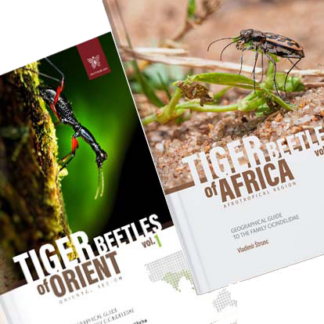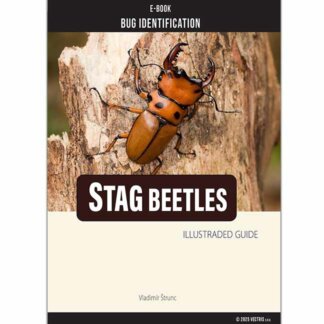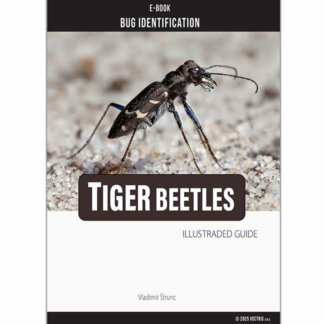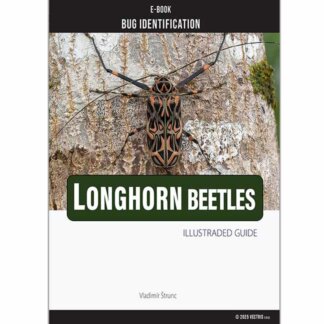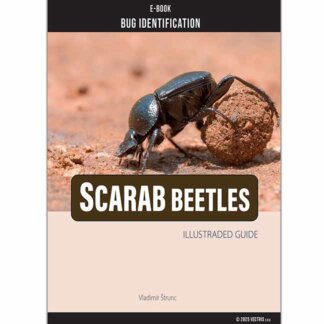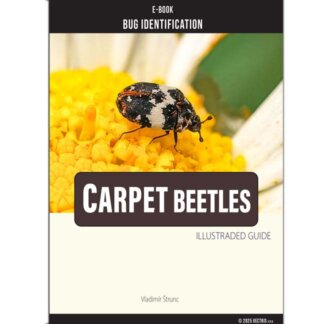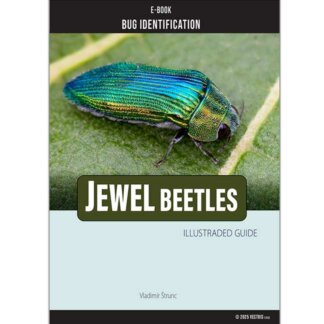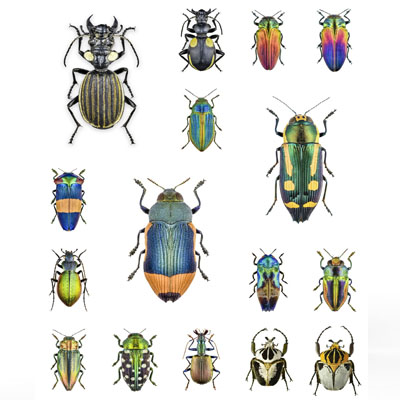Unique atlases with photos. Before delving into the details, it’s important to understand that insect identification books face a unique challenge: with millions of insect species worldwide, no single field guide can comprehensively cover all species.
Are you a student or interested in entomology? Don’t miss the exclusive discounts offered by the author! Contact today for special pricing for students and entomologists – save money and support your curiosity and studies at the same time. Contact us now to take advantage of this opportunity!
You will receive a reply promptly
Beetles
Book novelties:
Prioninae of the World I., Cerambycidae of the Western Paleartic I. June Bugs,
Types of beetles insects
New E-Book: Ground Beetles, Tiger Beetles, Longhorn Beetles, Jewel Beetles, Stag Beetles, Carpet Beetles, Scarab Beetles, Rhinoceros Beetles
Start Shopping, Start Saving – prices from $3 USD
We recoment: carabidae, buprestidae, cerambycidae, cicindelidae, scarabaeidae, chrysomelidae, curculionoidea, staphylinidae, family coleoptera beetles, tiger beetle, ground beetle, longhorn beetle, jewel beetle, beetles of africa, goliath beetle, stag beetle lucanidae, weevil beetles, carpet beetles
Bug Identification
Book about Beetles
The most effective guides balance breadth with usability, focusing on common and distinctive species while providing systematic approaches to identification. Current guides range from beginner-friendly pocket references to specialized taxonomic resources, with photographic field guides dominating the market due to their accessibility and practical application for both casual observers and serious entomologists.
Unique pictorial atlases for identifying Beetles:
(2020) Tiger Beetles of the World, Cicindelidae, Illustrated guide to the genera
(2023) Tiger Beetles of Africa, Cicindelidae, Geographical guide to the family Cicindelidae
(2024) Tiger Beetles of Orient, Cicindelidae, Geographical guide to the family Cicindelidae
(2022) Ground Beetles of Africa, Afrotropical Region
(2022) Jewel Beetles of the World, Buprestidae, Illustrated guide to the Superfamily Buprestoidea
The Evolution of Insect Identification Literature
Bug Identification
Beetle species
Insect identification literature has progressed significantly over decades, evolving from technical taxonomic keys to more accessible visual guides. This evolution reflects both advancements in publishing technology and growing public interest in entomology. Early insect guides were primarily text-based with limited illustrations, requiring significant expertise to use effectively. Modern guides, by contrast, leverage high-resolution photography and digital printing to create visually rich resources that appeal to broader audiences.
Upcoming Topics: Insect identifier online, insect identifier by picture, Beetle identification chart, Bug identifier online, google bug identifier, bug identification guide, insect identification bug bite, bug identification chart, bug identifier free, beetle identifier by photo, insect identification by photo, bug identifier website, insect identification app free, can google identify a bug from a picture, longhorn beetle identification.
The development of field guides specifically designed for outdoor use represents a significant milestone in the evolution of insect identification literature. Books like the “National Wildlife Federation Field Guide to Insects and Spiders & Related Species of North America” feature waterproof covers, making them practical companions for field exploration. This practical design consideration acknowledges the reality that bug identification often happens in damp or unpredictable outdoor environments. Such adaptations demonstrate how insect identification books have evolved to meet the specific needs of their users, balancing scientific rigor with practical utility.
The format and organization of insect guides vary widely, reflecting different approaches to the challenge of cataloging such diverse creatures. Some guides organize insects taxonomically by order and family, helping users understand evolutionary relationships. Others arrange species by visual similarity or habitat, prioritizing ease of identification for beginners. This diversity in organizational approaches reflects the different intended audiences and purposes of these guides, from elementary education to professional entomology. Beetle species.
List of family Coleoptera
You can find here: Carabidae, Buprestidae, Cerambycidae, Cicindelidae, Scarabaeidae, Lucanidae, Chrysomelidae, Curculionidae, Staphylinidae
Books about Beetles
Unique pictorial atlases for identifying Beetles:
(2020) Tiger Beetles of the World, Cicindelidae, Illustrated guide to the genera
(2023) Tiger Beetles of Africa, Cicindelidae, Geographical guide to the family Cicindelidae
(2024) Tiger Beetles of Orient, Cicindelidae, Geographical guide to the family Cicindelidae
(2022) Ground Beetles of Africa, Afrotropical Region
(2022) Jewel Beetles of the World, Buprestidae, Illustrated guide to the Superfamily Buprestoidea
(2008) The Prionids of the World, Prioninae, Illustrated catalogue of the Beetles
(2010) The Prionids of the Neotropical region, Prioninae, Illustrated catalogue of the Beetles
Practical Approaches to Insect Identification
Bug Identification
Given these inherent limitations, effective insect identification often requires combining multiple resources and approaches. The most practical strategy involves starting with general field guides to determine order and family, then consulting more specialized resources for genus and species identification as needed. This hierarchical approach mirrors taxonomic classification itself, beginning with broader categories before narrowing to more specific determinations.
Physical characteristics of guides significantly impact their field utility. Features like waterproof covers, durable binding, and compact size enhance practicality for outdoor use. Some guides include supplementary tools like ruler markings for size estimation or color charts for standardized description. The “WILDGuides Britain’s Insects” demonstrates modern innovation by incorporating QR codes linking to sound recordings of grasshoppers and crickets, integrating digital resources with traditional print formats.
For serious enthusiasts, learning proper collection and preservation techniques proves invaluable. “Insect Collection and Identification: Laboratory and Field Techniques” provides detailed guidance on creating reference collections that facilitate more precise identification. The book covers killing and preserving agents, storage methods, and mounting techniques for specimens of different sizes and body types. While collection requires appropriate permits and ethical considerations, properly preserved specimens allow examination of minute features critical for accurate identification of challenging groups. Bug Identification. What is the life cycle of an insect
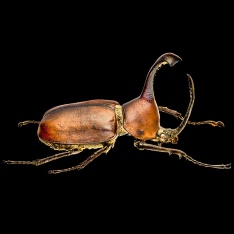
Bug Identification Using Picture Technology:
An Analysis of the Picture Insect App
Picture Insect: Bug Identifier is a popular mobile app that uses advanced AI to identify insects from photos. Over 3 million people around the world use it. The app gives you information about the insects it identifies, including whether they are dangerous. It can recognize over 4,000 types of insects and provides detailed information, showing how technology can help us learn about nature. Now, everyone can easily access information about insects, no matter how much they already know.
Overview of the Picture Insect Application
Picture Insect: Bug Identifier was created by Next Vision Limited. It uses artificial intelligence to identify insects from photographs. You can find it on the Google Play Store and the Apple App Store. It’s very successful, with over 1 million downloads on Google Play alone and an average rating of 4.3 stars from about 27,900 reviews.
The app is useful for many people. Casual users who find an insect they don’t know can use it, as well as nature lovers who want to learn more about insects. It’s simple to use: you take a photo of an insect, or upload one from your phone, and the app identifies it and gives you information.
Picture Insect solves a common problem: many people don’t know how to identify insects, especially if they are harmful or helpful. This app helps bridge the gap between insect experts and everyday people. By March 2025, over 3 million insect fans were using the app worldwide, showing how popular and useful it is.
Development and Company Background
Next Vision Limited, the company that made Picture Insect, has also created other identification apps for things like birds, mushrooms, coins, rocks, and even banknotes. This shows that the company focuses on creating specialized tools that use AI to identify different things. The company is located in Hong Kong, according to the Google Play Store.
Technical Capabilities and Features
Picture Insect’s main strength is its advanced AI photo recognition technology. The app claims it can identify over 4,000 insect species with “incredible accuracy.” One review says the app is “95% confident” in its identifications. However, remember that this number comes from a review, not from the company itself.
AI Recognition System
The AI system in Picture Insect is designed to recognize many kinds of insects, especially butterflies, moths, and spiders. It looks at patterns, colors, shapes, and other details in the photos you upload. If the app isn’t sure about an insect, it will suggest several possibilities and give you information to help you decide.
Insect Database and Educational Resources
Picture Insect is more than just an identifier; it’s also an encyclopedia of insect information. It includes descriptions of what insects look like, high-quality pictures, frequently asked questions, and unique characteristics of each species. The information is usually divided into 9-15 categories, covering things like species classification, habitat, and size. The app also gives you the common English name and the scientific Latin name for each insect, which is helpful for those interested in scientific classification.
Specialized Features
Picture Insect has several useful features:
Insect Bite Reference: Information about dangerous insect bites (from spiders, mosquitoes, ants, etc.) and tips to prevent them.
Pest Detection and Control: If you identify a pest in your home, the app gives you advice on how to find them and get rid of them.
Personal Collection Management: You can keep a list of the insects you’ve identified and share them with friends.
User Experience and Interface
Picture Insect is designed to be easy to use. Reviewers say it’s “really easy to use,” and you don’t need to register to use the main features. To use it, you download the app, allow it to access your camera and photos, and then you can start identifying insects by taking new photos or uploading existing ones.
Accessibility and Pricing Model
The app uses a “freemium” model. The basic version is free, which is good because some similar apps charge money (up to $5.99). There’s also a “Yearly Premium” subscription that gives you extra features, but the search results don’t say exactly what those features are.
Applications and Use Cases
Picture Insect has many practical uses for different people:
Household and Health Safety
One of the main uses of the app is to identify dangerous insects that may have bitten someone. The app asks, “Got bitten by an unknown insect but not sure about its toxicity?”. It provides information that can help you decide if you need to see a doctor.
Garden and Agricultural Pest Management
The app helps gardeners identify and manage pests. It can quickly tell you if an insect is good or bad for your plants, so you can use the right pest control methods without harming helpful insects.
Educational and Recreational Use
Nature lovers can use the app as a portable guide to identify insects and learn about them. It’s great for activities like moth-watching. The encyclopedia is also helpful for students, teachers, and anyone who wants to learn more about insects. The collection feature helps you study and observe local insect populations.
Comparison with Similar Applications
Picture Insect is a leading app, but there are other insect identification apps, such as “Insect ID: AI Bug Identifier” by IKONG JSC. There are also similar apps for identifying plants that use the same kind of photo recognition technology. Picture Insect is part of a larger group of AI-powered identification tools for different parts of nature.
Next Vision Limited has created similar apps for identifying birds, mushrooms, coins, rocks, and more. These apps have a similar look and feel, making them easy to use.
Conclusion Bug Identification
Picture Insect: Bug Identifier is a great example of how AI can be used in a practical way to learn about nature. It combines advanced image recognition with educational content, making insect identification easy for everyone. The app’s popularity shows that there’s a real need for reliable insect identification tools.
The app has many practical uses, including health safety, pest management, and education. With over 3 million users worldwide and high ratings, Picture Insect is a valuable tool for connecting people with nature through technology. Insect identifier, bug identification, bug identifier, bug identification book, bug identification guide, bug identification.org, beetle identifier by picture
As AI technology improves, we can expect these apps to become even more accurate and cover more species. They could become essential tools for both amateur naturalists and professionals in fields like entomology, agriculture, and pest control.
-
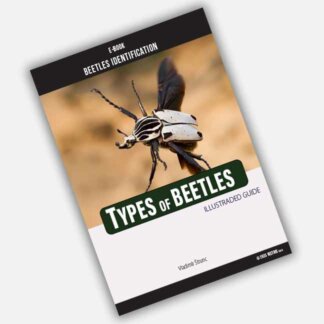 Types of beetles insects€ 13.00
Types of beetles insects€ 13.00 -
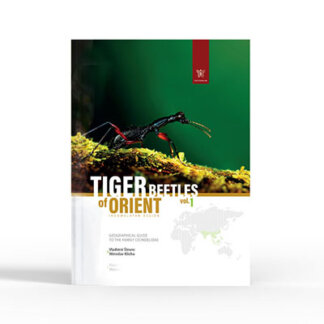 Tiger Beetles of Orient€ 129.00
Tiger Beetles of Orient€ 129.00 -
 Tiger Beetles of Africa€ 129.00
Tiger Beetles of Africa€ 129.00 -
 The Prionids of the WorldProduct on sale€ 59.00
The Prionids of the WorldProduct on sale€ 59.00 -
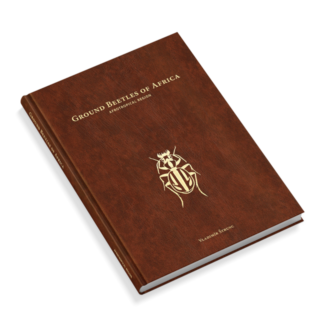 Ground Beetles of Africa (2nd edition)€ 136.00
Ground Beetles of Africa (2nd edition)€ 136.00 -
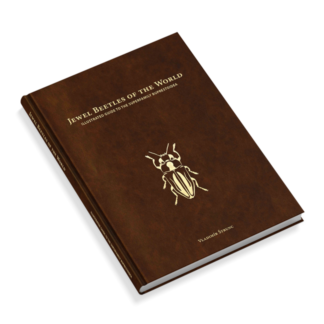 Jewel Beetles of the World€ 105.00
Jewel Beetles of the World€ 105.00 -
 Tiger Beetles of the World€ 109.00
Tiger Beetles of the World€ 109.00 -
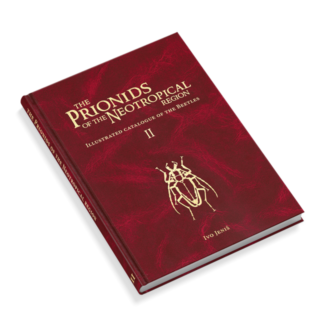 The Prionids of the Neotropical regionProduct on sale€ 59.00
The Prionids of the Neotropical regionProduct on sale€ 59.00
